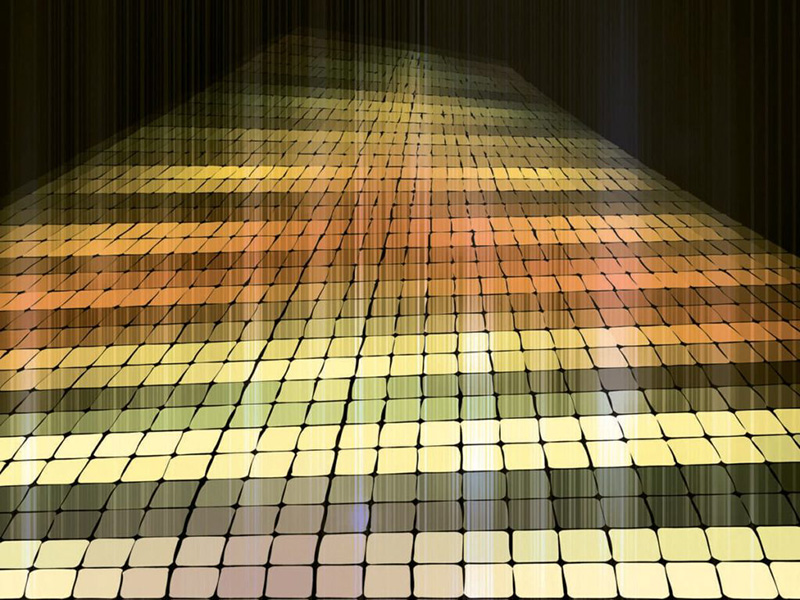Business models based on data derived from 3D vision
These days, for most companies, data is a jealously guarded asset, and with the European General Data Protection Regulation (GDPR) coming into effect, new potential business models based on 3D vision data are emerging.
A business model essentially establishes how an organization creates value and delivers that value to its customers. The ability to gain a competitive advantage from the production of industrial goods or raw materials comes from a specific technology or production process. Customers pay for a particular technology or product, and companies entering the market face obstacles in copying or improving existing technologies and products.
The world of data is different: large databases are created by applying new technologies to data. Data can be the basis for building innovative user experiences and can create new business models with advantages that last for many decades.
Data-driven competitive advantages will be much more sustainable than those based on technology or production processes. Currently, companies such as Netflix, Spotify or LinkedIn achieve and maintain their market position through their user data.
Business models in the third dimension – depth information – i.e., the third dimension – is derived by several methods, including laser triangulation, stereoscopic vision, and time-of-flight (ToF). The current limitations are not the technology itself, but the cost-benefit ratio of the various approaches.
3D data in the form of depth maps, point clouds and voxels (the “three-dimensional pixels”), can be used in applications such as object recognition, security, surveillance or autonomous driving. Recent market research predicts an annual growth rate of nearly 40 percent in the 3D vision market, most of which is in consumer sectors such as automotive, home appliances, smartphones and home automation.
3D data in industry – There is tremendous potential for creating new business opportunities with 3D data, and more data-driven business models will be established in the future. Data is a valuable asset, but how can its potential be realized in industry?
In a recent project in logistics, a robotic system was designed to unload shipping containers. Robots use both 2D and 3D vision to handle objects in a container. In addition, artificial intelligence was used to find the edges between bins.
A 3D camera determines how the robot approaches and manipulates the object in the container, thus creating a database on both the container and its contents. The performance of the system resting on this database increases as more data is collected, and in the long run any item can be downloaded without error. In addition, reinforcement learning can be availed of as there is feedback on whether the download process is working properly or whether there are problems.
Conclusions – Technologies and tools for seeing in three dimensions are now widely available and will be increasingly so in the near future, but the key issue is how to effectively use the 3D information that is collected in the field. Without appropriate software and especially without adequate machine learning, 3D vision systems will not provide enough performance to change the current concept of automation. Those who will be able to create this knowledge to apply to each subsequent system without having to start learning all over again will have economic value that will potentially only grow over time.


